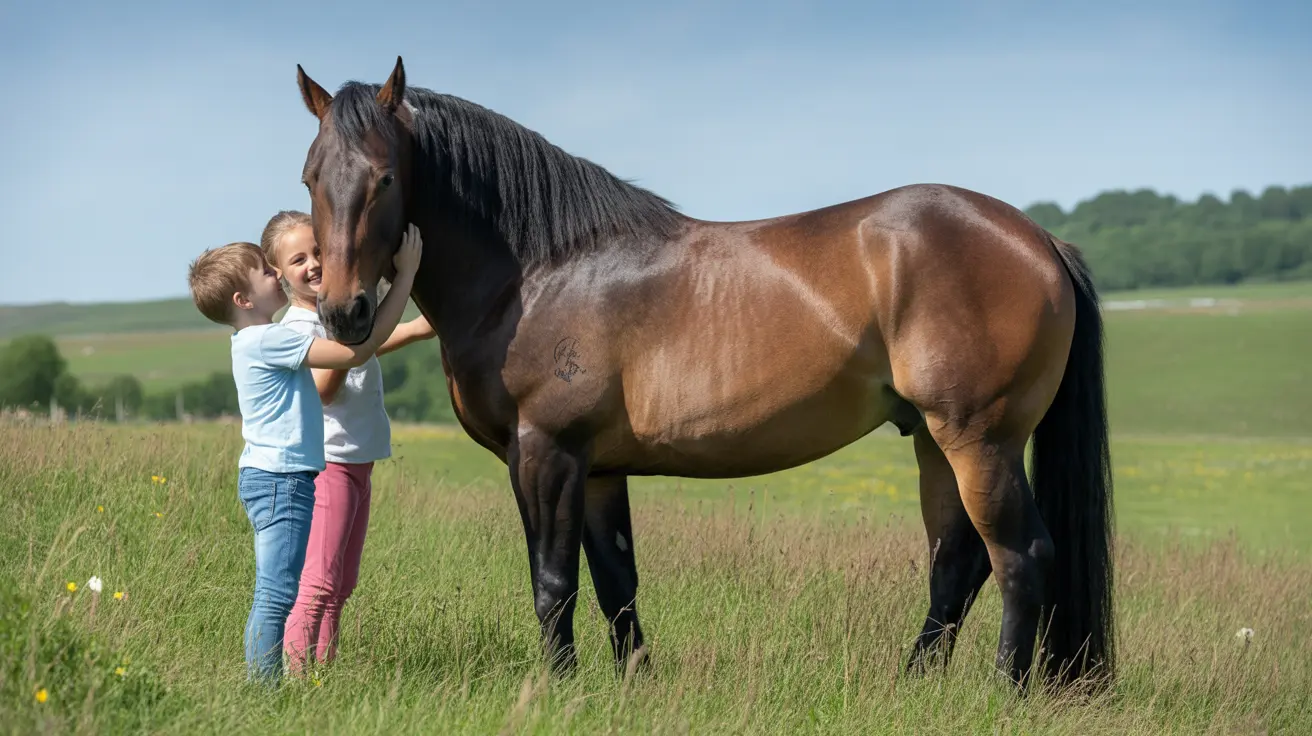Can Dogs Eat Pears? Understanding the Risks and Benefits
Pears can be a delicious and nutritious treat for dogs when served in the right way. However, not all parts of the pear are safe, and inappropriate feeding may lead to health issues. This article explores what happens if your dog eats a pear, how to serve it safely, and the potential risks and benefits associated with this fruit.
Health Benefits of Pears for Dogs
- Rich in Vitamins: Pears contain essential vitamins like Vitamin A and C, which support your dog’s immune system and vision.
- High Fiber Content: Pears are an excellent source of fiber, aiding in digestion and promoting gut health.
- Antioxidants: They provide antioxidants which help combat free radicals and support overall wellness.
- Essential Minerals: Pears offer copper, potassium, and vitamin K, critical for blood clotting, nerve function, and heart health.
Risks of Feeding Pears to Dogs
- Cyanide in Seeds: Pear seeds contain cyanide in small amounts and should never be consumed.
- Choking Hazard: The core, seeds, stem, and even large chunks of pear present a choking risk, particularly for small dogs.
- High Sugar Content: With about 10% sugar by weight, pears should not be given to diabetic dogs or those prone to weight gain.
- Digestive Issues: Some dogs may experience mild gastrointestinal upset, especially from the fiber-rich skin.
Safe Ways to Feed Pears
If you want to include pears in your dog’s diet, follow these steps to ensure their safety:
- Wash thoroughly: Remove any pesticides or chemicals.
- Remove all seeds, core, and stem: These parts are toxic and hazardous.
- Cut into bite-sized pieces: This prevents choking, especially for smaller breeds.
- Serve in moderation: Pears should constitute no more than 10% of your dog’s daily caloric intake.
Forms to Avoid
Canned or processed pears often contain added sugars, syrups, and preservatives that are harmful to dogs. Always opt for fresh, ripe pears — never sweetened or canned varieties.
Serving Ideas
- Mix diced pears with plain, sugar-free yogurt
- Stuff into a treat toy like a KONG for mental stimulation
- Blend into a dog-safe fruit smoothie
- Use as a food topper along with their regular kibble
Monitor for Reactions
When introducing pears for the first time, observe your dog closely. Signs of intolerance or allergy may include:
- Itching or skin irritation
- Swelling
- Vomiting or diarrhea
If any of these occur, stop feeding pears and consult your veterinarian.
Consultation is Key
Especially for dogs with preexisting conditions like diabetes, digestive disorders, or weight issues, speak with your veterinarian before adding pears or any new treat to their diet.
Alternative Safe Fruits
If your dog doesn't tolerate pears well, there are many other dog-safe fruits, including:
- Apples (seedless)
- Bananas
- Blueberries
- Watermelon
- Cranberries
- Peaches (without pits)
- Strawberries
Final Thoughts
Pears can be a healthy and tasty treat for dogs when given carefully and in moderation. They offer valuable nutrients but also come with risks if not properly prepared. Always wash pears, remove seeds and core, cut into small pieces, and limit the quantity to avoid digestive discomfort or sugar overload. When in doubt, consult your vet to ensure new treats are safely introduced into your pet’s diet.





